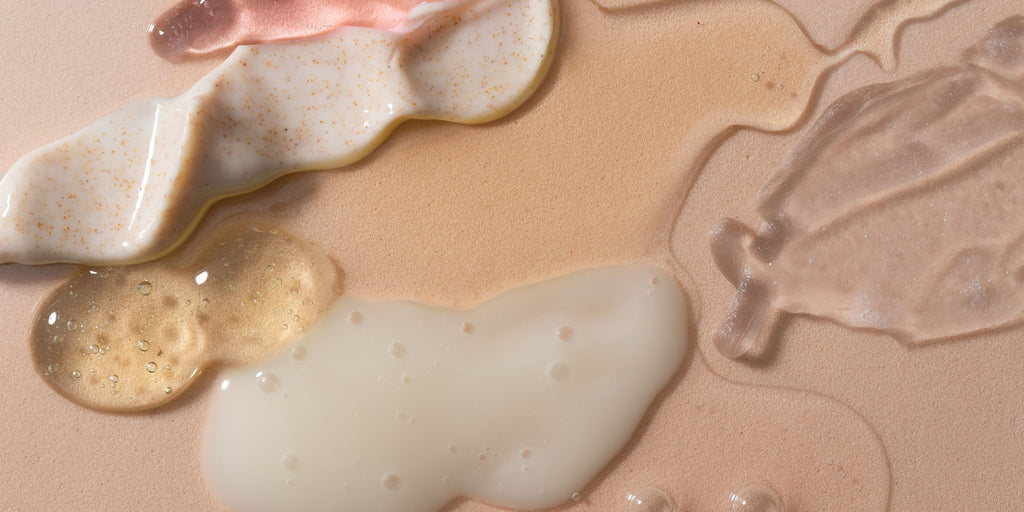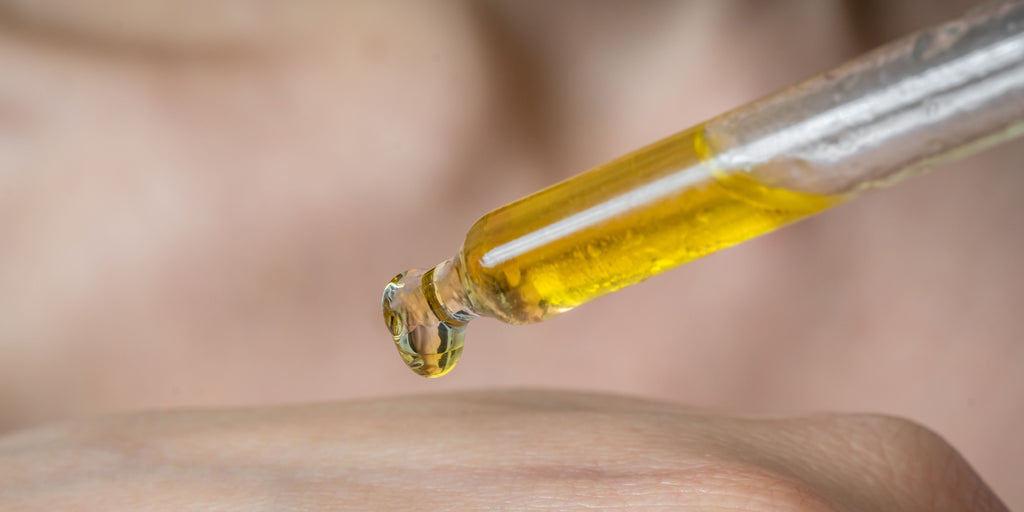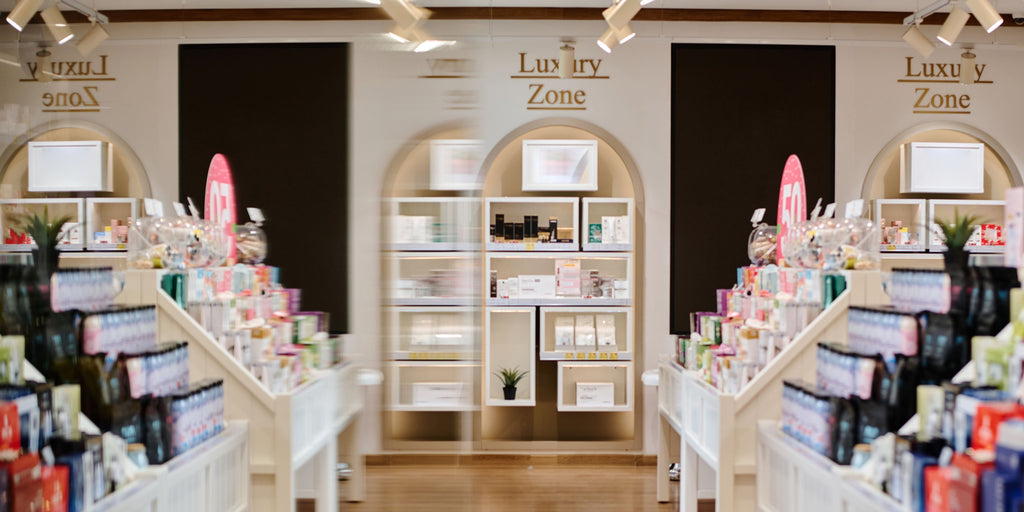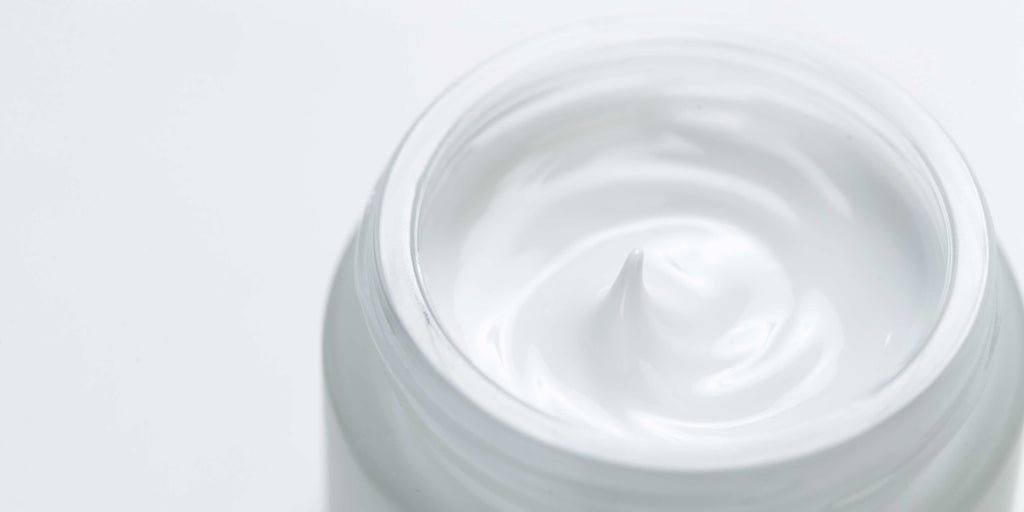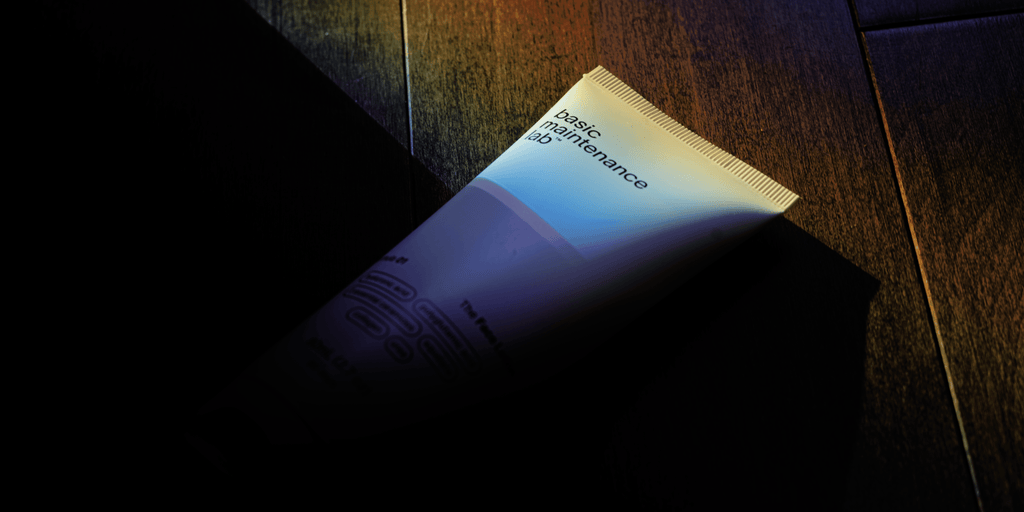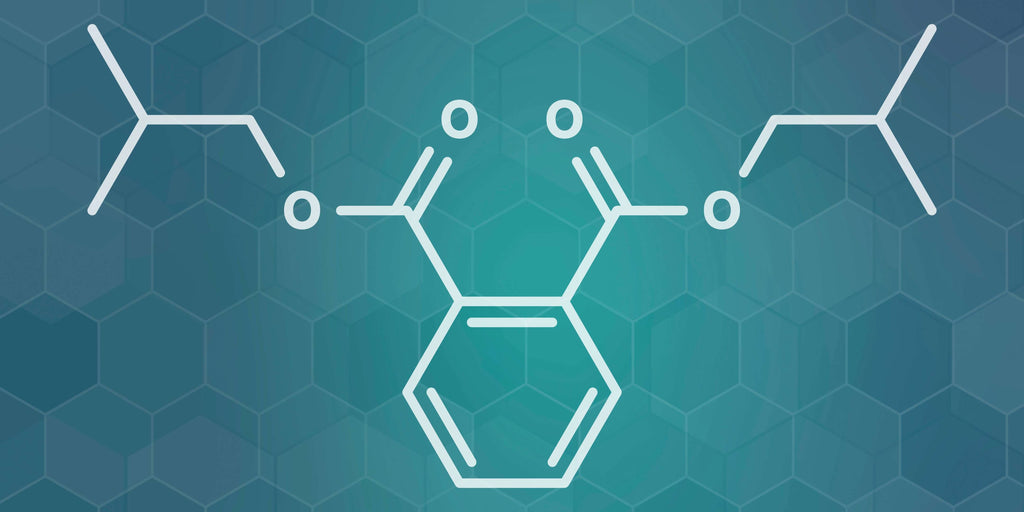The Problem with Celebrity Doctors and Dermatologists
How They’re Shaping the Beauty Industry—And Not Always in the Right Way
In today’s beauty world, “celebrity” and “doctor” are almost synonymous with “authority.” Every day, millions of consumers trust celebrity dermatologists and medical influencers to guide their choices in skincare, haircare, and wellness products. However, while these figures are often seen as the ultimate experts, they’re not always working in consumers’ best interests. In fact, the influence of celebrity doctors can lead to some pretty pervasive myths and misconceptions about beauty and health. So, let’s look at how this dynamic started, why it’s so problematic, and how it shapes our skincare choices in ways we might not even realize.
The Rise of Celebrity Dermatologists: Why We Trust Them
There’s no denying that the knowledge of dermatologists and doctors can be incredibly valuable. We want the best advice for our skin, so we turn to those with the credentials to back it up. But in the age of social media, some doctors have gone from giving medical advice in private practices to endorsing products for millions to see.
The influence of these dermatologists is fueled by several factors:
- Fame Equals Trust: Many people assume that the higher the profile of the doctor, the more reliable their advice. In reality, the focus on fame can often detract from their commitment to medical accuracy.
- Instant Access: With social media, it’s easy to get advice from a “doctor” with a quick video or post, making their advice feel accessible, even personal.
- Celebrity Endorsements: When top actors or influencers endorse a doctor or their products, it adds even more credibility in the eyes of consumers.
Yet, just because they’re experts doesn’t mean they’re impartial. In many cases, these celebrity doctors are working under brand sponsorships, which can shape the products they recommend.
The Issue with Brand Endorsements: When Money Speaks Louder than Science
Most consumers don’t realize that many high-profile doctors and dermatologists are being paid substantial sums by the very brands they endorse. These brand partnerships can mean massive profits for doctors, but they also introduce a conflict of interest. Here’s how it impacts the advice we’re seeing:
-
Promoted Products Are Not Always the Best Products: A celebrity doctor might endorse a product simply because they’re being paid to do so—not because it’s necessarily the best option. This can create a situation where products with little scientific backing are touted as miracle solutions.
-
Questionable Claims: Companies often use celebrity endorsements to boost the credibility of their products. But sometimes these “miracle products” have little evidence to support the claims being made. Celebrity doctors can bolster these claims, making them seem more legitimate than they actually are.
-
Focus on Profit over Patient Care: Some dermatologists and influencers launch their own skincare lines, and these are heavily marketed to consumers as premium solutions. But with profit motives so tightly woven into the mix, it becomes hard for consumers to know if these products are truly superior or simply profit-driven.
-
Distorted Research: Studies that support product claims may often be funded by the brands themselves, with endorsement by celebrity doctors creating a veneer of legitimacy. The problem is, studies funded by brands may not always be as rigorous or impartial as they seem, leading to biased findings.
The Impact on Consumers: Why This Matters to You
So what does all this mean for you? Simply put, these dynamics can lead you to purchase products based on hype rather than science, costing you both time and money while potentially exposing your skin to products that aren’t ideal for your needs.
-
Misinformation and Misconceptions: When doctors with impressive credentials back misleading claims, the result is widespread misinformation. Many consumers are led to believe in miracle solutions that don’t exist, leading to disappointment, frustration, and sometimes even skin issues.
-
Increased Skepticism and Distrust: When consumers eventually realize that they’ve been misled, it creates a climate of distrust not only for the brand but also for dermatologists and skincare experts in general. Unfortunately, this makes it harder for credible, science-backed brands to gain consumer trust.
-
Harmful Skincare Habits: Dermatologist-backed advice often sets trends in skincare. If a celebrity doctor promotes overly aggressive exfoliation, harsh products, or unnecessary ingredients, it can lead to practices that damage the skin instead of healing it.
Why This Misinformation Persists: The Role of Fear and Profit
Fear-based marketing plays a significant role in the spread of misinformation, and celebrity doctors are often at the forefront. Whether it’s warning of “toxic” chemicals or promoting the “safest” alternatives, many of these doctors create a sense of urgency that can cause people to spend more than they need.
Here’s how they do it:
-
Emphasis on “All-Natural”: Many celebrity dermatologists and influencers promote all-natural or organic skincare as being inherently better, often stoking fears about synthetic ingredients without much evidence. But “natural” does not always equal safer or more effective.
-
Focus on Quick Fixes: Skincare takes time, but quick fixes are an easier sell. A celebrity doctor can generate buzz with a product that promises instant results, even if these claims aren’t scientifically valid.
-
Profit Through Fear: Fear sells, and companies know it. Whether it’s instilling fear about “harsh chemicals” or making vague claims about “toxins,” fear-based marketing leads consumers to make choices based on misinformation rather than real science.
Moving Forward: Making Smart, Informed Choices
As consumers, it’s important to remain informed, question claims, and resist the hype. Here’s how you can make smarter choices in a landscape dominated by paid endorsements and celebrity doctors:
-
Look for Transparency: Brands and experts who are transparent about their funding, partnerships, and product formulations are generally more trustworthy. Look for companies that openly discuss the science behind their products without relying solely on influencer endorsement.
-
Do Your Own Research: Don’t just take a doctor’s word for it—look into the ingredients and find out if they have scientific backing. Be cautious of bold claims and remember that true results take time.
-
Trust Your Skin’s Needs Over Hype: Skincare is personal. Just because a high-profile dermatologist endorses a product doesn’t mean it’s right for you. Understanding your own skin type and needs will help you make choices that benefit you in the long term.
-
Be Skeptical of Miracle Solutions: In skincare, dramatic results usually come with long-term care and consistency, not from one “miracle” product. If it sounds too good to be true, it likely is.
In Conclusion: Stay Informed, Stay Skeptical
Celebrity doctors and dermatologists undoubtedly have the expertise to guide skincare, but their endorsements are often influenced by profit, partnerships, and brand deals. The result is an industry full of myths, exaggerated claims, and consumers left confused about what truly works.
By taking a more informed and skeptical approach to skincare, you can navigate the world of beauty with confidence and make choices that align with your skin’s real needs—rather than the latest endorsement. Remember, skincare is a journey, and the best solutions are often the simplest, backed by science and suited to you personally.
Sources:
- Lio, P.A., & Jacob, S.E. (2018). "The Impact of Skincare Marketing and Dermatologist Endorsement on Consumer Behavior" - Journal of Dermatology and Dermatologic Surgery.
- "Understanding the Role of Dermatologists in Brand Endorsements" - International Journal of Cosmetic Science, 2020.
- Zeichner, J.A., "The Influence of Social Media and Brand Partnerships on Dermatology" - Dermatology Online Journal, 2019.


